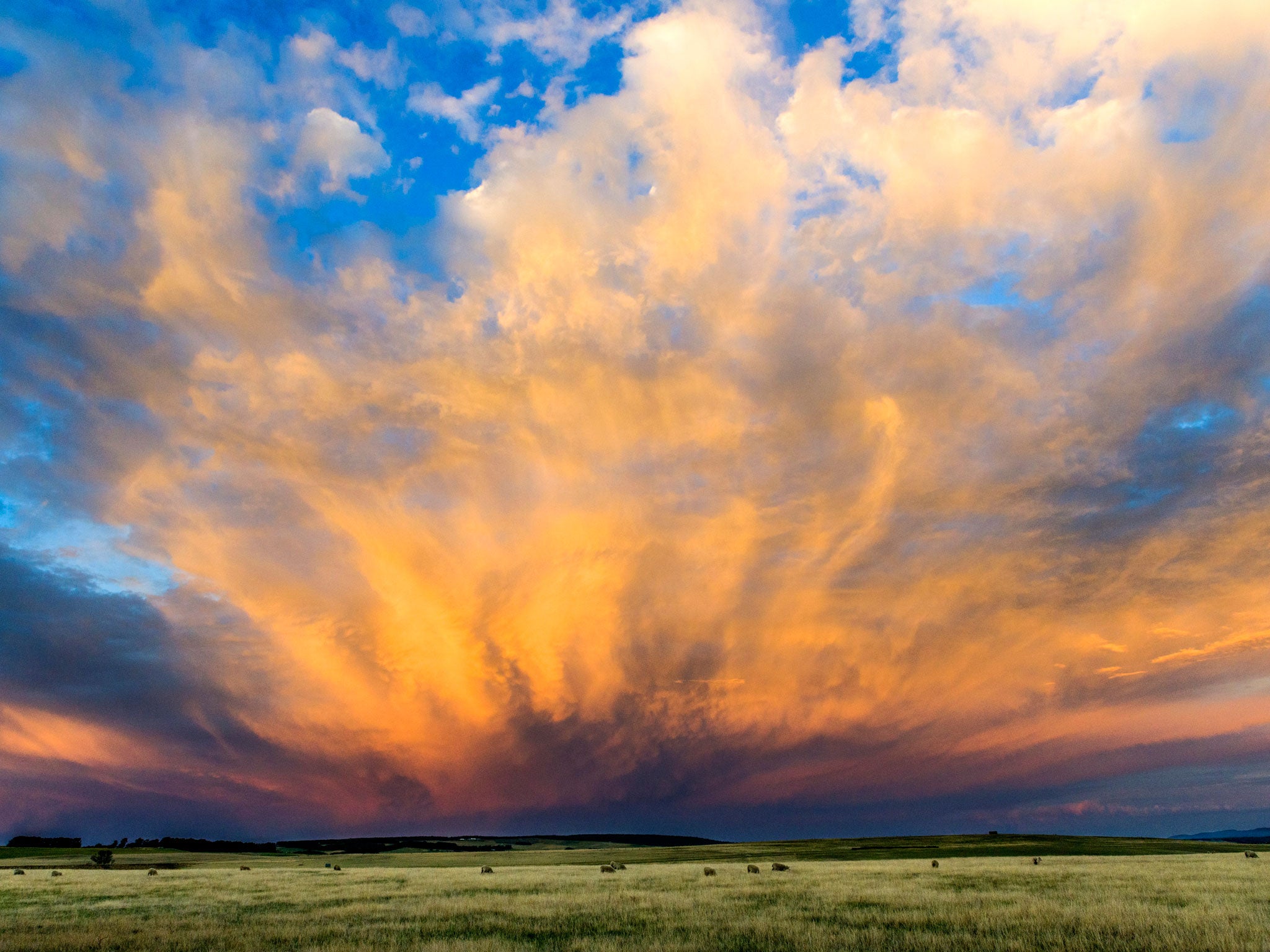Nature books round-up: The 18th century proves a natural habitat for ideas
From Susannah Gibson's Animal, Vegetable, Mineral? to Peter Marren's Rainbow Dust

The 18th century was a pivotal time in the development of an interest in nature, especially in Britain. Two of these four books are specifically about nature in the 18th century and another devotes a fair proportion to the period. Why? Because as Susannah Gibson writes in Animal, Vegetable, Mineral? (OUP, £16.99), "some very strange creatures became known to naturalists... better tools like microscopes enabled naturalists to make more minute examinations of natural objects... and Enlightenment culture was encouraging people to rethink old ideas".
Gibson shows how Linnaeus's classification theory of 1735, based on the sexual theory of plant reproduction, was not simply the unchallenged iconic work that it is usually made out to be. It stimulated intense debate on whether plants reproduced sexually. Then there were the polyps, small animals (hydra is the best known) that can regenerate when cut in two, and the corals, first thought to be mineral, then plants and finally revealed by Jean-André Peyssonnel in the 1720s to be animals. Much of the pre-Darwinian debate on the nature of life is here and, as Gibson stresses, some of it is still relevant. This is a stimulating account.
A coarser side of 18th-century life is revealed in Christopher Plumb's The Georgian Menagerie (I B Tauris, £13.60). In 18th-century London you might meet an elephant or a camel being led through the streets. You could even buy a kangaroo and countless other exotics on the Strand. Strange animal substances such as civet – a stinking wax from the cat's sex glands – bear grease and turtle flesh were major commodities.
These exotics flooded in from the expanding Empire for the amusement, gluttony and monetary gain of the populace. In the 19th century the free-for-all of the menageries gave way to the official zoological gardens.
The Marvelous Clouds (University of Chicago Press, £21) is a highly original book, the premise of which sounds eccentric in the extreme but which proves in the end to be fruitful. John Durham Peters sees nature as media – he is Professor of Communication Studies at the University of Iowa – and, yes, he really does mean to compare the air, the land and the seas and the senses of animals with human media. This starts to seem less bizarre when you read his chapter on sea mammals, comparing their aqueous medium to our land and air-based one. He writes with great insight and no little wit, noting how, between about 1967 and 1975 whales and dolphins "went from harpoon fodder to "sea gurus soulfully singing of cosmic peace and harmony". This is a deeply philosophical and beautifully written account of the modes of being of all things, and their interrelationships.
In Rainbow Dust (Square Peg, £14.99), Peter Marren charts our (and also his own) changing attitudes to butterflies. Very like Richard Kerridge in Cold Blood, Peter Marren begins in the golden days of his 1950s childhood, discovering butterflies, collecting and breeding them in the days before conservation consciousness and ecological awareness.
Marren celebrates 300 years of British involvement with butterflies, the people as much as the insects. Once again, the 18th century looms large. That's when figures such as James Petiver and Moses Harris coined most of our butterflies' common names. There are many books on the science, art, history and lore of butterflies and Marren refers to the best of them but, whether you know a lot or a little about butterflies, this is an essential read.
Subscribe to Independent Premium to bookmark this article
Want to bookmark your favourite articles and stories to read or reference later? Start your Independent Premium subscription today.

Join our commenting forum
Join thought-provoking conversations, follow other Independent readers and see their replies